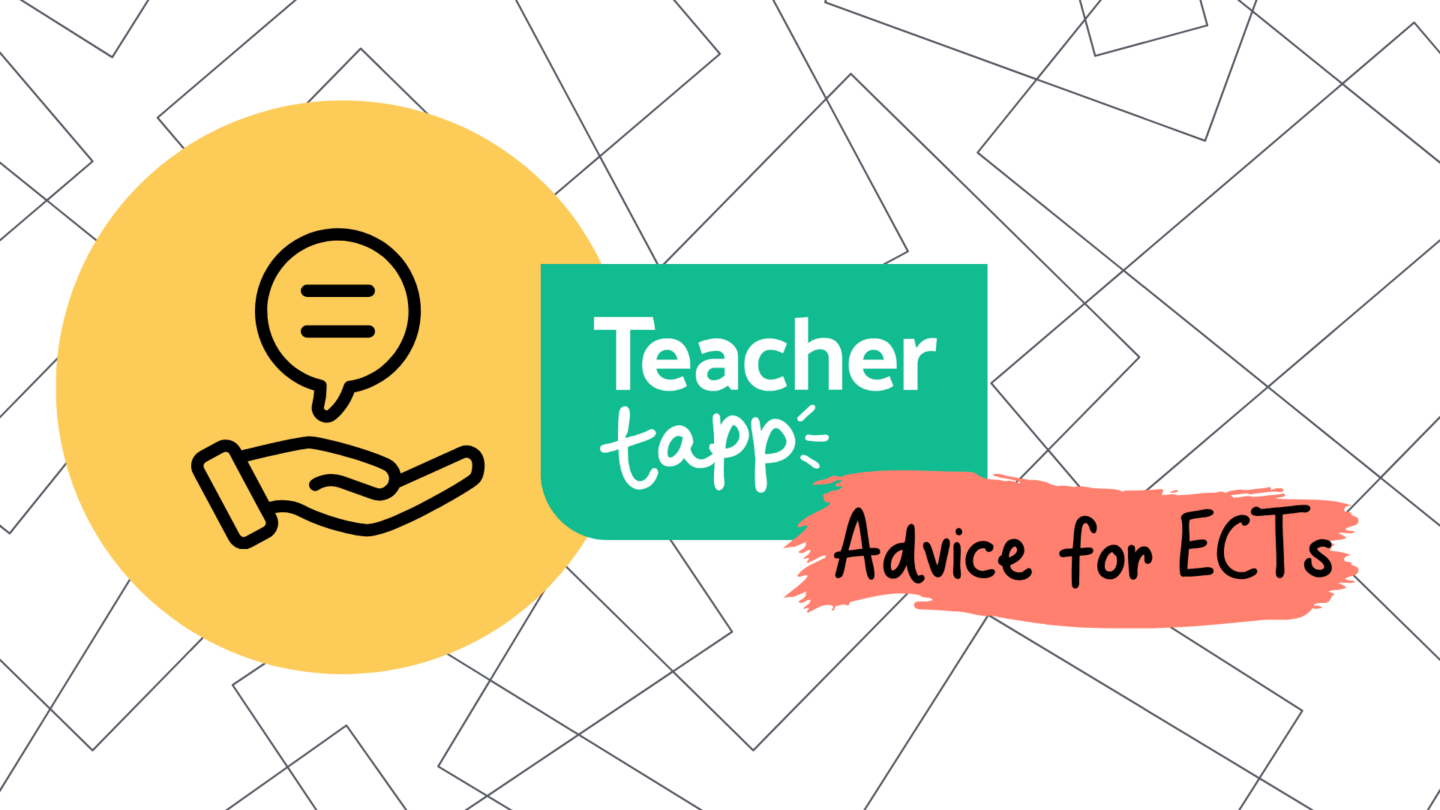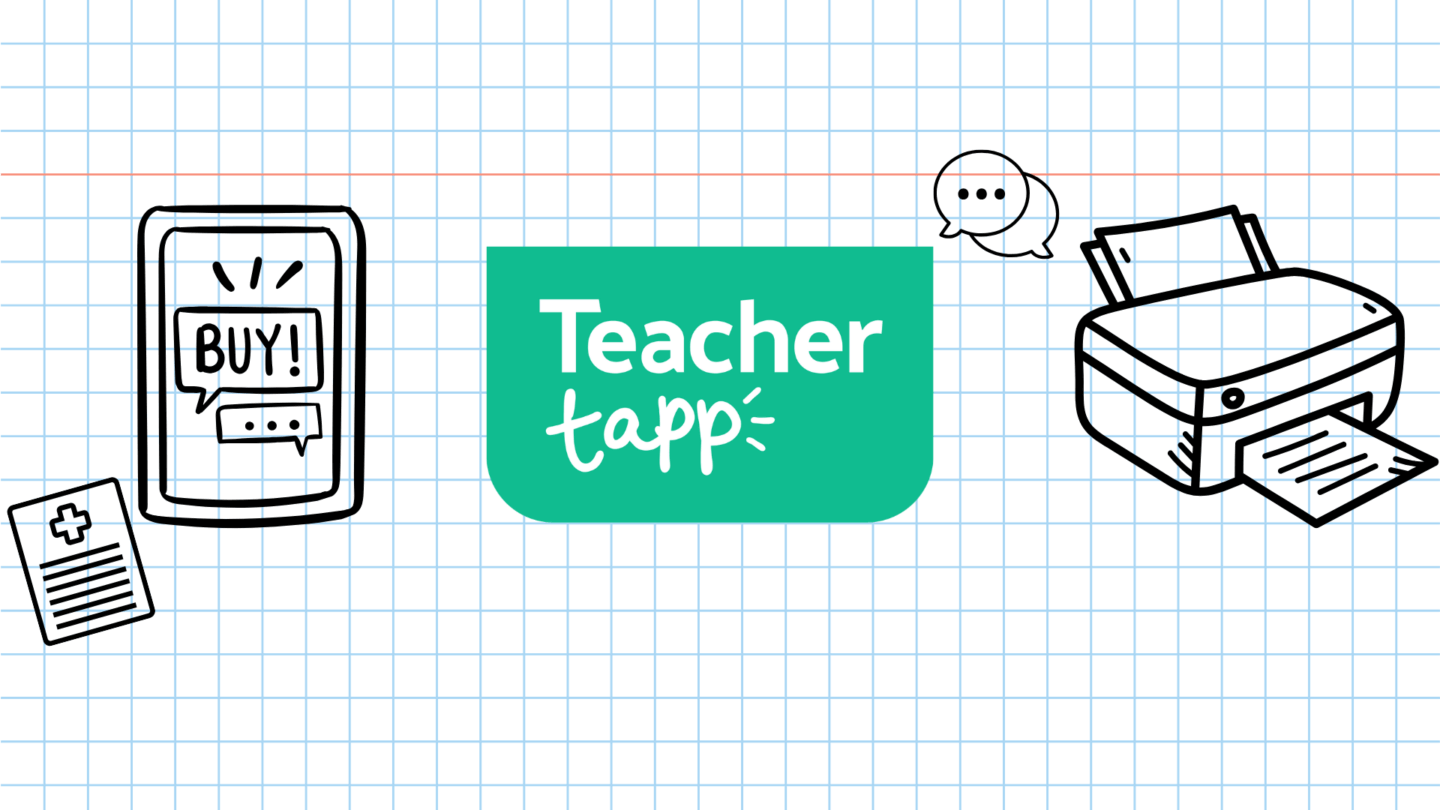Hello Tappsters! Thanks for taking part in another week of findings and fun.
Dark nights are here. Term is cracking on. Time to get heads down and batter through the main part of the learning because christmas will be here soon…
Right, onto the results!
1.How often is teacher pay linked to exams results?
Last week Damian Hinds announced his plans for reducing workload. One idea is that performance management of teachers should not be linked to the data of a single group of pupils. But how commonly are teachers held to account for pupil results?
We found: Two thirds of teachers have a performance target related to specific exam results.
And, for 41% of teachers, their pupils’ test scores affects their take home PAY. (Which might go some way to explaining why teachers report pressure to cheat in exams).

Schools rated ‘requires improvement’ or ‘inadequate’ were particularly likely to link exams results to pay (see the pink and buff-coloured boxes below).

Hinds used interesting phrase last week when he said schools shouldn’t use the exam results of a “single group” of pupils, rather than saying no results data at all should be used. Does this mean he’s found a loophole?
Not really. It seems 44% of teachers have performance management discussions based on data for single groups of pupils. Requires improvement and inadequate schools were again the most likely to do this. For a substantial group of teachers, this is therefore a big change.

Will these schools now stop the practice given Hinds’ decree? We shall have to wait and see.
2.Contacting Parents: What’s The Most Common System?
A technological change that helped schools in the past decade or so was the introduction of easier messaging systems for parents. Although this doesn’t change classroom practice, it can substantially decrease the time teachers spent following up on issues.
For example, 26% of schools now use a text system to automatically let parents know about their child’s behaviour, a further 15% use an email system, and 12% use an app. This saves teachers from the rigmarole of phoning home and expecting parents to come in.

Automatic contact systems for behaviour are more common in secondary schools (54% have one, compared to 24% of primary schools) – which may be due to worse behaviour in lessons in these schools.

Another nugget: Schools in the poorest areas (‘5’) tend to text parents whereas schools in wealthier areas lean more towards email systems.

For an unexpected school closure, almost every school has some kind of automatic parent contact system. Just 13% said they didn’t.

On absences, however, things are not so straightforward. Around a quarter of primary schools have no automatic contact system for pupil absence, this is despite calls to ensure all absences are checked. That said, it may be that the primaries do call guardians, but the system isn’t automatic.
Yet again we see that texts are most popular in schools with poorer intakes, while wealthier schools may also (or only) use an email system.

Finally, keep a note on the app communication systems. At present it’s reasonably rare, but we will be keeping an eye on it to see if the numbers grow over time. (Our guess is that they will).
3.GroupWork Replicas
Earlier this year we investigated the prevalence of group work in classrooms. Although the schools minister Nick Gibb thinks it’s occurring, inappropriately, in lessons all across the land, we found that only around a third of lessons happening in England at 10am on a given day have group work going on. A further third have pair work. And the final third don’t have any group activities. You’re on your own in those rooms.
But did our results stand up to replica? We decided to give the question another go on a random day in November aaaaand…. the results were much the same.

This time we also looked at the subjects that pupils were learning for these sessions.
Primary teachers are the least likely to have pupils work on their own for an entire session, while 62% of maths teachers said pupils worked independently for the entire lesson.

Given that maths teachers tend not to get their pupils working in groups, it was also no surprise to see maths teachers have the greatest preference for students sitting in rows facing towards the front. That said, all secondary teachers of academic subjects also preferred students to sit in rows. Only creative and arts teachers favoured a different approach. Secondary teachers: more traditional than Nick Gibb expects!
At primary, however, there was a real split over the way students should sit. Almost equal numbers of teachers said they strongly agreed with students sitting in rows as agreed/disagreed with every other answer. Primary teachers really are very varied on this point!

4.Teachers will spend … how much?
A fifth of teachers say they spend around £75 a month of their own money on resources for the job. But are they shelling out for big ticket items, or do they buy many smaller items?
We decided to ask teachers how they buy different resources. If something was needed for a classroom and it cost £20, we found that 29% of teachers said they would simpy buy the item and not even ask for reimbursement. This is despite the fact we clearly stated in the question that the line manager was likely to agree the item was a good buy and would help the class.
At £20, 19% of our panellists also said they were at libery to authorise the purchase themselves.

But see how the figure drops once the resource is £70. At this price point, just 3% of teachers would buy the item and not ask for their cash back.

And once the price point hit £150, almost no one is buying the item without pre-authorisation or on the basis they can authorise the payment to themselves!

This matters for resources that businesses want to sell into schools. At a £20 price point it’s possible that teachers will buy things for themselves. Above this point, and certainly by a £70 price point, there are almost no teachers left who will buy things out of their own pocket. Hence, if businesses want to reach teachers directly, they are better to keep their resources to £20 or under. Once items get over £70, it will need to be sold to a head of department, rather than to a teach directly. Now, what can someone create that will solve all of our workload problems and costs less than £20? Come on guys, we’re counting on you for some ideas!
*
5. Finally, as ever, we learned that you really love our daily tips, so here are the links for last week:
On assemblies, lost religion, and finding a CPD crowd
Multiple choice learning experiment
What does it mean to rebuild Sandy Hook school
Right folks – over and out for another week…
In the meantime, keep sharing what we are doing. Here’s a powerpoint slide (with script), a PDF, and a black-and-white one-pager to help.
Remember, we need more of you before we can do the really exciting and detailed analysis!
Enjoyed this post and want to join our Teacher Tapp panel?
Sign up via the iPhone App Store or the Android App Store.
You can also check out more at www.teachertapp.com





